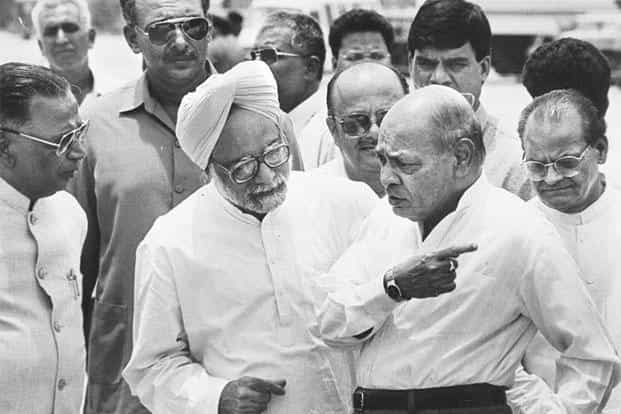India’s Tech Boom: Could It Have Happened Under a Command Economy?
Explore how India's tech boom emerged from free-market reforms, highlighting the inefficiencies of a command economy and the potential for growth if sectors like healthcare and agriculture embrace liberalization.

The remarkable rise of India's tech industry stands as a shining example of what innovation, entrepreneurship, and market-driven forces can achieve when given the space to flourish. From Bangalore's emergence as a global IT hub to the dominance of Indian software giants like Infosys, TCS, and Wipro, this success story raises an intriguing question: Would any of this have been possible under a command economy?
A History of Free Market Triumphs

In the early 1990s, India faced an economic crisis that forced the government to rethink its centrally planned economic policies. The introduction of liberalization reforms marked a turning point, dismantling decades of protectionism and bureaucracy that had stifled private enterprise.
The tech sector was one of the biggest beneficiaries. By reducing trade barriers, allowing foreign investment, and easing restrictions on businesses, the reforms created fertile ground for India's IT industry to grow. This was a stark departure from a command economy model, where the government dictates production, distribution, and resource allocation. Under such a model, there’s little room for innovation or the agility needed to adapt to global trends.
Why Tech Thrived in the Free Market

-
Freedom to Innovate: The free-market system enabled startups to experiment with new technologies and business models without excessive state interference. Companies like Infosys and TCS had the freedom to focus on quality, customer needs, and global market demands.
-
Global Competitiveness: Liberalized policies allowed Indian tech firms to collaborate with international clients, adopt global best practices, and compete on a world stage. This globalization wouldn't have been possible under a command economy.
-
Attraction of Talent: By allowing private companies to flourish, India created opportunities that attracted top talent, both domestically and from the Indian diaspora abroad. A command economy would likely have limited career prospects, forcing talent to seek opportunities elsewhere.
-
Efficiency over Bureaucracy: The government’s role shifted from running businesses to creating an ecosystem where businesses could thrive. Compare this with state-run enterprises bogged down by inefficiency and bureaucracy—hallmarks of command economies.
The Ripple Effect Across Industries

The tech boom not only created jobs but also spurred growth in ancillary industries like real estate, education, and infrastructure. Cities like Bangalore transformed into vibrant economic hubs. Yet, this success raises another pressing question: Why has this model not been applied more broadly across sectors?
Consider industries like aviation, telecommunications, and manufacturing, where government control or excessive regulation still hampers growth. A free-market approach similar to the tech sector could unleash untapped potential, fostering competition, improving quality, and reducing costs.
The Case for More Economic Freedom

India’s tech success underscores the power of the private sector when unshackled from bureaucratic red tape. The government’s role should not be to manage businesses but to create an environment where they can succeed. This means simplifying regulations, encouraging competition, and allowing market forces to determine success.
Imagine the possibilities if the principles that drove the tech boom were applied to healthcare, agriculture, or infrastructure. These sectors could experience similar transformations, benefiting millions of Indians.
Lessons for Policymakers
The journey of India’s IT industry provides a compelling argument for the power of free markets. Policymakers must recognize that the state’s role is to enable, not control. India's tech boom happened despite government-run inefficiencies, not because of them. To replicate this success across other sectors, the government must step back and let the market lead.
India’s future lies in embracing its entrepreneurial spirit and fostering an environment where private enterprise can thrive. The success of the tech industry is proof that when the market is free, the possibilities are endless.
India's rise as a tech powerhouse wasn’t a fluke—it was a result of stepping away from the command economy mindset and letting innovation take the wheel. Isn’t it time we applied this lesson everywhere else? ????
What's Your Reaction?


















































